Tess Heston - Path to Sustainability - PODCAST TRANSCRIPT
June 11, 2025 at 3:00 p.m.Editor's note: The following is the transcript of a live interview with Tess Heston of Duro-Last. You can read the interview below or listen to the podcast.
Intro: Welcome to Roofing Road Trips, the podcast that takes you on a thrilling journey across the world of roofing. From fascinating interviews with roofing experts to on-the-road adventures, we'll uncover the stories, innovations and challenges that shape the rooftops over our heads. So fasten your seatbelts and join us as we embark on this exciting roofing road trip.
Hello everyone. My name's Megan Ellsworth here at Rooferscoffeeshop.com and you are listening to Roofing Road Trips. I am so excited. Today we're talking about sustainability with Duro-Last and I'm here with Tess Heston. Hello, friend. How are you?
Tess Heston: I'm great. How are you doing?
Megan Ellsworth: I'm doing so good. I'm so excited to get to know you and hear about all the great things Duro-Last is doing. So I'll just have you introduce yourself and tell us a little bit about you.
Tess Heston: Gosh, yes. So I am Duro-Last's sustainability specialist. I came to Duro-Last from London. I was finishing up my master's in finance and climate change with the Imperial College of London. I was also working for a finance consultancy while I was there on their sustainability finance project, so like Blue Finance and Biodiversity Investment. And before that I did my undergrad at the Ohio State University. My bachelor's was in economics, so very new to the construction space, but it is such an exciting field and so important when it comes to sustainability.
Megan Ellsworth: That is so cool. Oh my gosh. Wow. This is amazing. I'm so excited to pick your brain. Wow, London. That's awesome. And economics, finance, climate change. That's awesome. Okay.
Tess Heston: Thank you. I'm really passionate about the subject.
Megan Ellsworth: Yay. Okay, good. Well then, we're about to get super passionate. So can you speak to why and maybe and when Duro-Last made sustainability a priority?
Tess Heston: Yes. Sustainability has been a priority for Duro-Last for a long time, far before I was there. The founder, John R Burt, he was the one who initiated the first sustainability programs in the company back in the 1980s. And so this was the first recycling programs. So we had a lot of PVC and we didn't want it to go to waste, to landfill. And so that was when our company began the first recycling programs. Ever since, we've been increasing those initiatives and even more so with our new partnership with Wholesome. We were acquired last year and they are incredibly passionate about sustainability. They consider it one of their core company values, which aligned very strongly with Duro-Last. And working together and with the new acquisition, we've just been driving that even further forward, expanding our recycling programs, having more sustainability documentation, always working to improve our energy efficiency and any landfill diversion waste. I mean, those are all initiatives, just like to name a few that the company is extremely interested in and always seeking to improve.
Megan Ellsworth: Wow, that's amazing. Man, I'd love to learn more about how do you recycle PVC? How does that happen?
Tess Heston: Yes. So right now the main way of recycling PVC is mechanically recycling it. So you'll shred, grind it and then separate materials and then re-extrude into a new product. There's also chemical recycling, which there has been advancements in the academic space and lab research of successfully recycling PVC. PVC, because of the more complex chemical structure, it's a bit harder to chemically recycle it compared to other plastics. So even though the chemical recycling space is growing for different types of plastics, PVC has been lagging behind just because it is trickier. But there has been some successes in the last few years. There was a really interesting paper published out of the University of Michigan where they successfully chemically recycled PVC, but for Duro-Last's purposes internally, we mechanically recycle.
Megan Ellsworth: Okay, cool. Wow. And so you guys have been doing that since the eighties. That's pretty cool. Can you kind of explain the approach to the approach to sustainability that Duro-Last has in this take-back program?
Tess Heston: Yes. So the roof take-back program has been around for the last 10 years, but it's always just been something that we're glad that we have had it, but we haven't been able to dedicate the most time and resources towards it. And that is not the case anymore. It is gung-ho ahead. We're making a lot of investments in our recycling department and so we are gaining the technology to efficiently recycle large-scale amounts of our post-consumer material. And we're really excited about that because it really fits into our plan of creating a circular economy and we're happy to be that new piece in the puzzle to gather material, keeping it out of the landfill and then putting it into a new product.
Megan Ellsworth: That is powerful. I love the idea of something having more than one life cycle. Having a recycled life cycle and continuing to be able to use a product or a material is so important, especially like as you said, with climate change. So what has the impact been since you've put more time and effort into this program?
Tess Heston: So the impact has definitely been, we have been gathering more material, more material than we have ever gathered before. And that has also allowed us to reduce the amount of virgin material that we're using, which has amazing impacts for the environment. I mean, you're pumping less oil out of the ground. There's less just all the processes to create, to get raw oil all the way to a finished PVC product. That's all being taken out because we are just able to take PVC product and then bring it back into the life cycle and give it new life.
Megan Ellsworth: Wow, that's so cool. So what does it mean when Duro-Last says their products are NSF/ANSI 347 certified? I don't know if I said that right.
Tess Heston: That is an excellent question and it is a mouthful. A lot of the times we just shorten it down to NSF 347. We kind of cut it out because it just becomes so many letters to list out. But no, that's a great question because essentially it is a sustainability standard and assessment. So it is done by a third party and we have to provide them all of the information. So they have documentation and standards of like, okay, if you want to become a sustainable certified product and they have different tiers for how sustainable you are, you then have to provide all of the information and explain and defend your stance as to why your product is sustainable. And the 347, that's just the code that applies to single ply roofing. So that applies to PVC, TPO, EPM. Any sort of single ply roofing can become certified with NSF and try to meet those sustainability goals.
It's extremely thorough. We work with them because it is a highly respected standard and it is not something that you can just check boxes on and just get a label smacked onto your product. You actually need to do quite a lot. I remember we just got re-certified this year and it was a year's work in the making of gathering information and it comes at the end of it, they come and visit your site. And believe me, they have questions and they are pushing back. They're like, make sure everything's correct. It's extremely thorough and it's one of the reasons that we really try to use NSF 37 over other sustainability assessments just because of how rigorous and respected it is.
Megan Ellsworth: Wow, a year in the making, that's a long time.
Tess Heston: A lot of data. A lot of data needs to get gathered.
Megan Ellsworth: Yeah, absolutely. So how would you say Duro-Last roofing systems contribute to building's energy efficiency?
Tess Heston: Yes. So there's always the story of the white reflective roofing membrane. I mean that really just can't be discounted. Any sort of material that can increase the albedo of the building will have enormous impacts on the building's energy efficiency. So during the summer, you're using so much air conditioning and having a reflective roof membrane significantly reduces that energy intake. But also, it's just the roofing system as a whole. At Duro-Last, we're very happy to have an excellent team of building engineers that can help out with projects because there's so much that goes into designing a building to be the most energy efficient, to be the most sustainable, just to operate well. And a lot of that includes installation. So trying to get your R value as high as you can, using materials in your design that don't puncture, so you don't have as much heat and air escaping. There's so many things that can go into it. And Duro-Last is always just trying to offer the materials that any architect or building owner could want when it comes to designing the most sustainable building.
Megan Ellsworth: Yeah. I think Duro-Last is really on the forefront of the sustainability train and what a beautiful thing that is. Can you explain to the people out there that don't know what LEED is?
Tess Heston: Yes, it is leadership and energy and environmental design. So there are a lot of categories that fall into getting LEED certified. And the way that LEED certification works for your building is that if you want to become LEED certified, you have all these categories and then you'll design your building and choose building materials that get you points towards your LEED certification. So like a Duro-Last roofing system with the reflective roof membrane using PVC and certain types of coating, using insulation and then just overall building design. Those can all gather you points to then go to LEED and be like, "We have gathered so many points. We are ready to submit our building for LEED certification." But there really is so much going on into the building and roofing is only just one aspect of it.
Megan Ellsworth: Yeah. So what would you say is Duro-Last's commitment to staying on the LEED or continuing to be LEED certified?
Tess Heston: Yes, it is something that we keep updated on. So on my desk, I have the latest version of the LEED certification packet. So it lists out all of the points that a building owner can try to get and what they need to do to earn those points. And every year we go through it and check off where our product can get you points. And we always seek out new opportunities like, "Oh shoot, if we can adjust something here maybe or create a new product, this would help our customers get even more points and make it even more likely that our customers would become LEED certified."
Megan Ellsworth: Amazing, amazing. So I would love to know what resources does Duro-Last offer for sustainability for their customers?
Tess Heston: Yes. First and foremost, we have a Duro-Last sustainability page, just like a really great starting point when it comes to learning about our company's sustainability initiatives. Of course, I'm always happy to answer any questions that anyone has. I am that touch point for our company. But on that page we have, there's a lot of white papers that are explaining the research behind a lot of these things that we consider true in sustainable construction. One of those examples being the white reflective roof membrane and the effect it has on the building, but also for other categories as well. We've done a lot of case studies. We also, on our website, we have EPDs. That is something that we're also extremely proud of in the Duro-Last Sustainability Initiative. We were one of the first companies in the roofing space to get EPDs for our products. And for those who might not know, that stands for Environmental Product Declaration.
Megan Ellsworth: Thank you.
Tess Heston: A really great document that provides a lot of information about the environmental impacts of the product and its lifecycle assessment. And yeah, it was something that we saw the value in from the very beginning. We're very interested in getting those for our products. We did recently just recertify all of our EPDs, so the next certification won't be coming up for a few years. But in that time, we also added even more products with EPDs. Always still trying to improve it and expand upon our existing programs as well. But our products, we also have the documentation for the product environmental profiles and third-party certifications such as NSF 347. All of these initiatives and documents, they just gather a lot of important information in one space about how sustainable our products are, their environmental impacts.
Megan Ellsworth: Wow. Okay. So this is an unscripted question, but I would love to know, as someone relatively new to the roofing industry and construction as a whole, what would be your favorite thing about this industry and why did you choose it?
Tess Heston: Gosh, admittedly, I knew very little about the industry coming into it. One of the things that I saw great importance in when it came to the construction industry as a whole is its impact in climate change. Cement manufacturing and steel manufacturing both individually make up about 7% of the world's CO2 emissions. So construction as a whole is just a very highly emitting industry, but that just means that there are problems to be solved and we're going to solve them. That's something that I'm really passionate about. I just see it as a worthwhile challenge. And one of the amazing things is that as we work harder and move forward, we are making headway on a lot of these issues. But one of my favorite things so far about the industry, oh gosh, it's been how amazing the people are in the industry. It really is just a great space full of wonderful, very smart people, very down to earth people and just doing the necessary work. It really is a great industry to be a part of.
Megan Ellsworth: I couldn't agree more. I love it. We're glad to have you. Okay, last question. If a roofing contractor is listening to this podcast right now and they're thinking, "Man, I want to become more sustainable and try to help as much as I can in that aspect," what would you recommend to them that they start looking at or doing for their company in a little way to be more sustainable?
Tess Heston: For their own company? Gosh, I always think that energy efficiency is a great place to start. I think there's a lot of low hanging fruit that any individual building owner or company owner can take on. And working with this within our own companies, because we're also always trying to improve our energy efficiency, there's so many resources from your local utility. Because your utility is also very eager to improve energy efficiency and energy performance and cleaning up the CO2 emissions from the industry. And so that would be mine just from, because I'm also taking on those challenges, those projects for our own company. But then, yes, but as a contractor, when you're out in the field and working with your customers, I think one of the biggest things right now is the roof recycling program. Really trying to reach out to your customers and be like, "This is a great thing."
And also Duro-Last, right now we are covering the shipment costs of the roof take-back. And because the environmental impact, it is just a domino effect. You're diverting that waste from a landfill where it's just going to sit and take hundreds and thousands of years to decompose. So you're bringing it back into the supply chain and it's allowing us to create new products that are not using virgin raw materials that have to be processed. And there's just so many upstream emissions that come from that. Really, it is I think the biggest thing that they could push for in their own companies with their customers is that roof take-back program.
Megan Ellsworth: Yeah, I couldn't agree more. So they can go onto your sustainability site to learn more on how they can get involved with this program. They can also go to rooferscoffeeshop.com, to the Duro-Last directory and find all that information there as well. Anything left that we haven't touched on about sustainability and what you all are doing at Duro-Last?
Tess Heston: Oh, gosh. I'm sure there is. There's so many things that I can't quite speak on yet because we have so many amazing things coming out in 2025.
Megan Ellsworth: Amazing.
Tess Heston: So all I can do is kind of cheekily hint at them, but there really is just so much being planned and is coming in later.
Megan Ellsworth: Amazing. I'm so excited to hear about it. Hopefully maybe we'll see some new stuff at IRE and we'll see you later. Thank you so much, Tess, for chatting with me. This was great.
Tess Heston: Of course. Thank you so much. This has been such an amazing opportunity.
Outro: Absolutely. Well, we're glad to have you in the industry. This was a great chat. For everyone out there listening, please be sure to go to the Duro-Last directory on rooferscoffeeshop.com and we'll see you next time on Roofing Road trips.
If you've enjoyed the ride, don't forget to hit that subscribe button and join us on every roofing adventure. Make sure to visit rooferscoffeeshop.com to learn more. Thanks for tuning in and we'll catch you on the next Roofing Road trip.
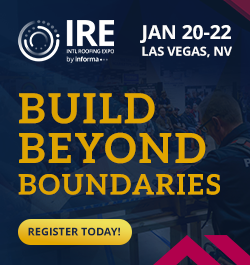
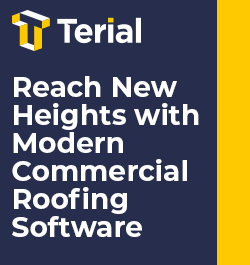
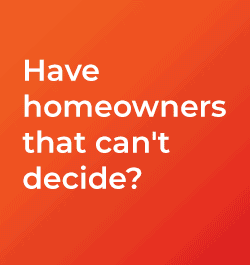
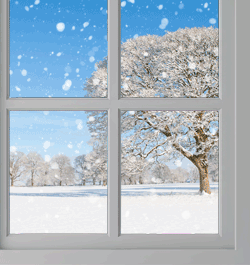
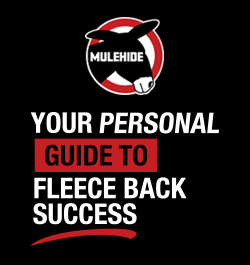
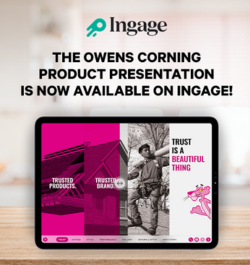

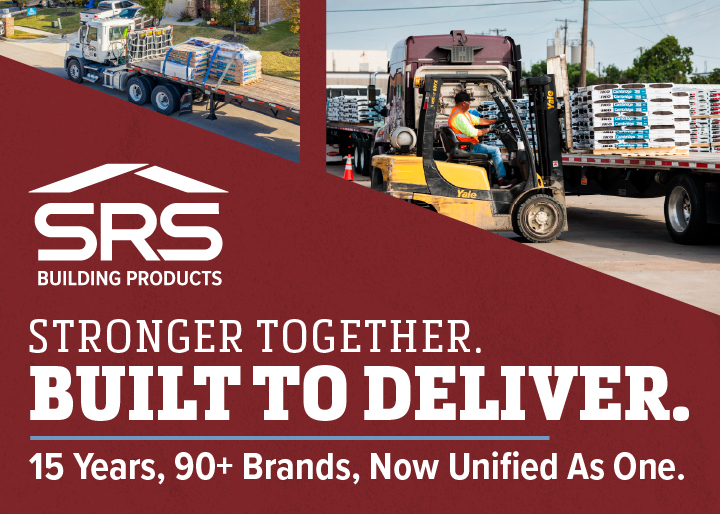
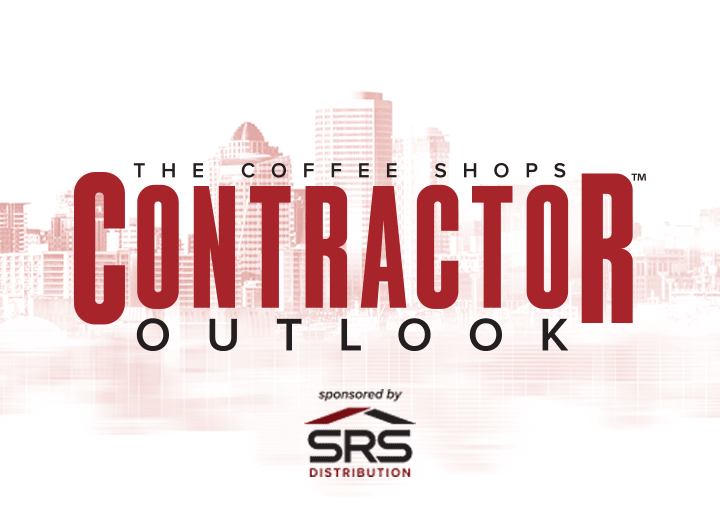
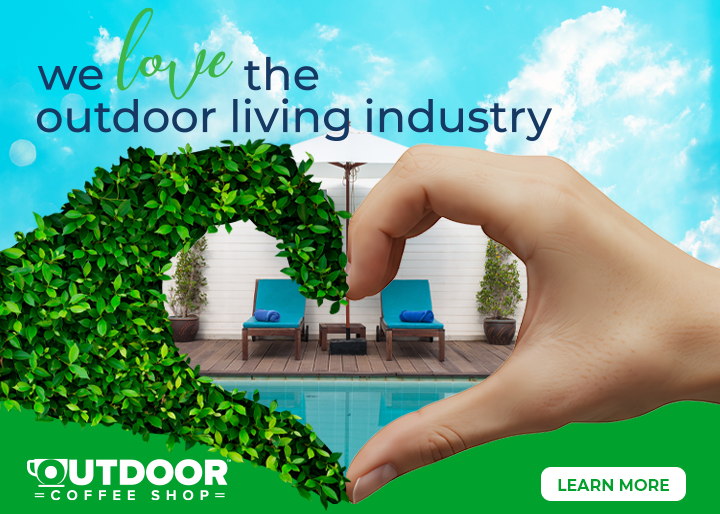
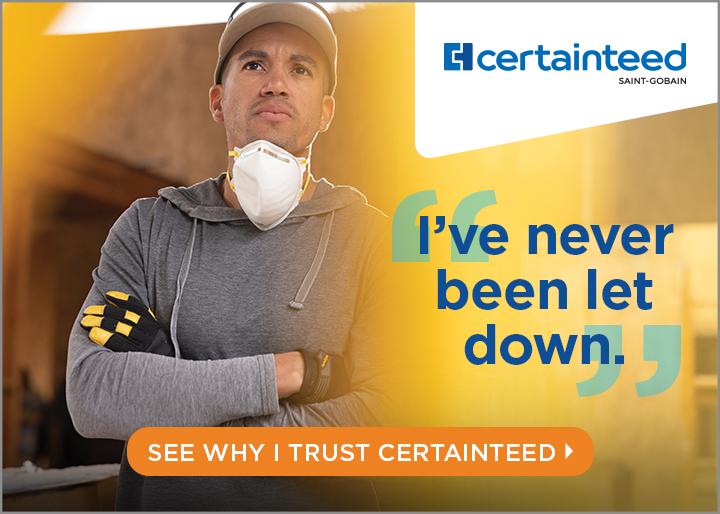
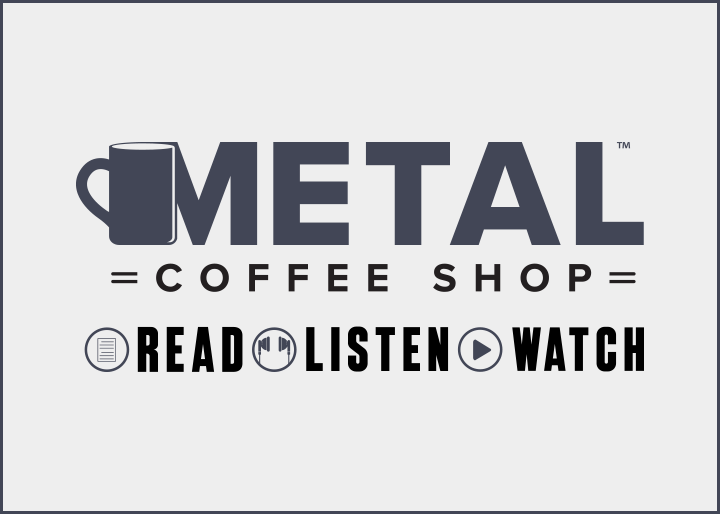
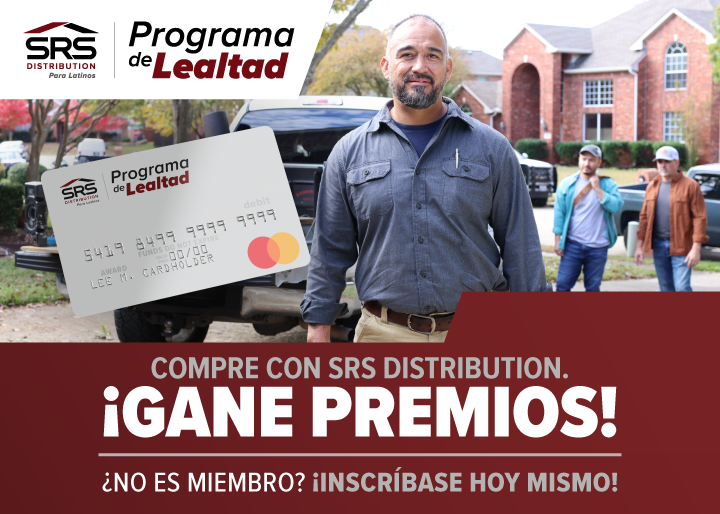
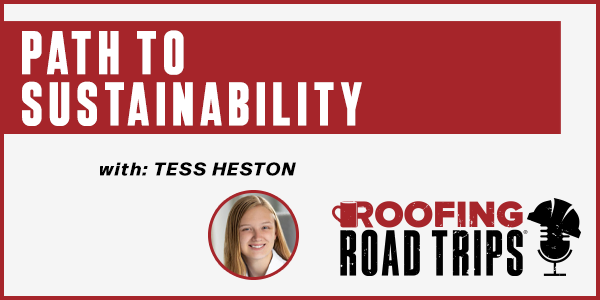
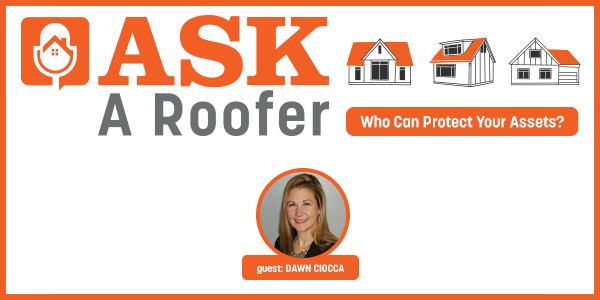
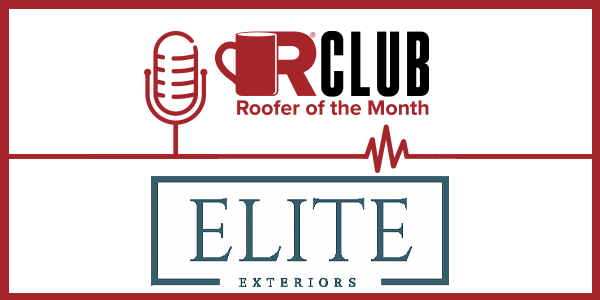
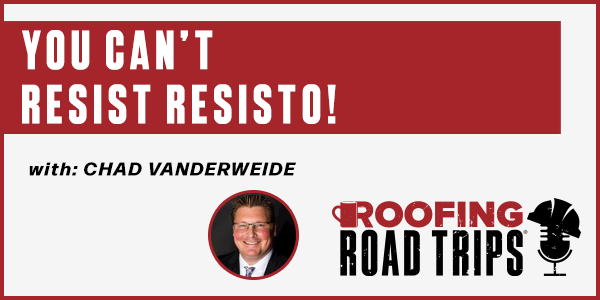



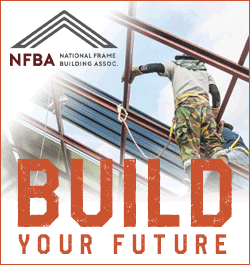
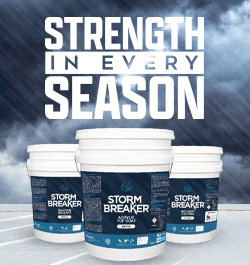
Comments
Leave a Reply
Have an account? Login to leave a comment!
Sign In